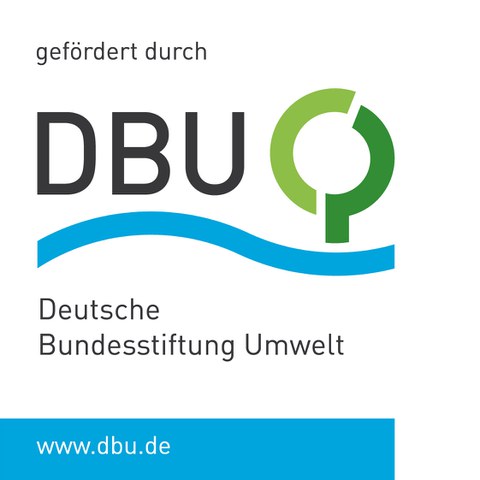Creek 4D – Recording morphological parameters of small water bodies
Title
Automated high-resolution mapping of hydro-geomorphological parameters of small rivers to support flood risk management and achieve a good ecological status
Funding
Deutsche Bundesstiftung Umwelt (DBU)
Objective
New surveying and classification methods can solve the fundamental problem of the very labour-intensive and time-consuming description of small water bodies, which are usually difficult to access, especially in urban areas. Within a study in the Dresden area, an innovative surveying methodology is to be developed in order to document and support flood risk management as well as the achievement of the good ecological status of second and third order water bodies. The goal is the automated, small-scale and high-resolution digital description of the watercourse morphology. The conception of a watercourse measurement system as well as the entire data processing chain for the classification of the watercourse components are the main tasks of the project. The results will be validated in cooperation with the Dresden Environmental Agency as a practical partner with regard to the digital documentation requirements, in particular accuracy, reliability, resolution and data multiplicity.
An integrated multi-sensor system is being developed and tested for the effective recording of small water bodies. The monitoring system is intended to simplify, accelerate and standardise watercourse surveys in the future, while at the same time leading to a significantly higher level of detail in the recording. The use of different, mutually registered sensors, including RGB cameras, NIR cameras, laser scanners and thermal sensors, allows a comprehensive description of the water body. Thermal sensors, allows a comprehensive description of the water profiles. In recent years powerful sensors in the low-cost segment have appeared on the market, which, with appropriate integration and calibration, allow the design of a powerful yet inexpensive measurement system for recording the structure of water bodies. The data basis of the measuring system is used on the one hand to delimit and map the three-dimensional watercourse components according to legal structuring - watercourse bed, left and right banks, left and right watercourse margins - and on the other hand to differentiate them from one another on the basis of relevant, automatically classified parameters so that these areas can be managed effectively.
Publications
- Blaskow, R., Eltner, A. (2023): Investigation of the suitability of a personal laser scanning device for the monitoring of small water bodies. Int. Arch. Photogramm. Remote Sens. Spatial Inf. Sci., XLVIII-1/W1-2023, 45-50 (Link ISPRS Archives)
- Blaskow, R., Schwalbe, E. (2021): DEVELOPMENT OF A LOW-COST, HAND-HELD MULTI-SENSOR SYSTEM FOR THE MONITORING OF SMALL WATER BODIES. Int. Arch. Photogramm. Remote Sens. Spatial Inf. Sci., XLIII-B1-2021, 93–96 (Link ISPRS Archives).

